
Are you an elementary teacher looking to maintain your sanity in the classroom? Look no further! In this ultimate guide, we will share with you a plethora of tips and tricks for establishing effective and sanity-saving classroom routines. As an experienced teacher myself, I understand the challenges you face on a daily basis. From managing student behavior to keeping up with lesson plans, it can often feel overwhelming. However, with the right routines in place, you can create a positive and productive learning environment for both you and your students.
This guide will cover everything from morning routines and transitions to organization and time management strategies. Whether you’re a seasoned teacher or just starting out, these practical and proven techniques will help you regain control of your classroom and reclaim your sanity. Get ready to transform your teaching experience with this ultimate guide to classroom routines!
The Importance of Classroom Routines
Establishing a set of classroom routines is crucial for maintaining order and creating a structured learning environment. Routines provide a sense of stability and predictability for both you and your students. They help students understand what is expected of them and minimize disruptions in the classroom. Routines also save time and energy by streamlining daily tasks, allowing teachers to focus on instruction and student engagement. By implementing effective routines, you can create a positive classroom culture that promotes learning and reduces stress. So let’s dive into the different routines you can establish to maintain your sanity in the classroom.
Establishing a Morning Routine
A well-planned morning routine sets the tone for the rest of the day. It helps students transition from home to school mode and prepares them for the day ahead. Begin by welcoming students with a warm greeting and providing them with a consistent routine to follow. I like to display a message on my board as a visual reminder too.

Consider including arrival activities such as morning work, a place to show their lunch choice, and baskets to collect notes and homework. I have a post here to show my favorite way to collect homework.
Will you hold morning meeting to build community and set goals for the day? Consider incorporating movement or mindfulness exercises throughout the day to help students focus and energize their minds. By starting the day on a positive note, you can help create a calm and productive learning environment.
Creating an Efficient Transition Routine

Smooth transitions are essential for maintaining classroom momentum and minimizing disruptions. Develop a routine that clearly communicates expectations and provides students with a structured process for transitioning between activities. Use visual cues, such as timers or signals, to alert students when it’s time to move to the next task.
Encourage students to clean up and organize their materials before transitioning, promoting responsibility and independence. A fun way to encourage students to help clean up is to have a “mystery” piece of “trash”. Whoever picks up the mystery piece gets a reward. Kids LOVE to pick up with this game.
By establishing a well-defined transition routine, you can keep your classroom running smoothly and maximize instructional time.
Implementing an Organized Materials Routine
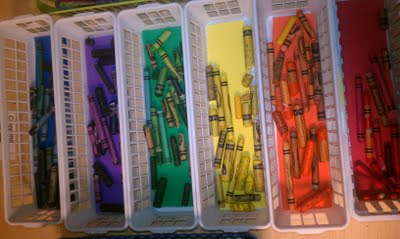
An organized classroom is a productive classroom. Teach students how to properly store and care for their materials by implementing an organized materials routine. Designate specific areas for supplies, such as bins or cubbies, and clearly label them. Teach students how to use and return materials correctly, emphasizing the importance of maintaining order and cleanliness. Consider implementing a system for distributing and collecting materials, such as a designated “materials manager” or a rotating schedule. By establishing an organized materials routine, you can create an environment that fosters responsibility and reduces distractions.
Structuring a Smooth Classroom Management Routine
Effective classroom management is essential for maintaining control and creating a positive learning environment. Develop a classroom management routine that includes clear expectations, rules, and consequences. Teach these to your students and consistently enforce them. Use positive reinforcement strategies, such as praise and rewards, to promote desired behaviors. Address behavioral issues promptly and consistently, providing guidance and support to help students make better choices. By establishing a smooth classroom management routine, you can create a safe and respectful environment where students can thrive.
Incorporating a Consistent Homework Routine
Homework can be a source of stress for both teachers and students. Establishing a consistent homework routine can help alleviate this stress and ensure that homework is completed in a timely manner. Set clear expectations for homework assignments and communicate them to students and parents. Provide resources and support to help students complete their homework successfully. Consider implementing a system for tracking and reviewing homework, such as a homework log or check-in process like this link. By incorporating a consistent homework routine, you can promote responsibility and reinforce classroom learning.
Managing Technology in the Classroom Routine
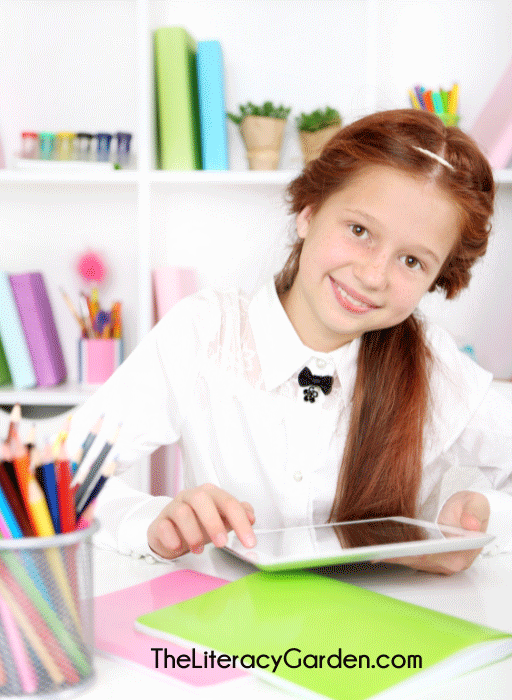
In today’s digital age, technology plays a significant role in education. However, it can also be a source of distraction if not managed effectively. Establish a routine for managing technology in the classroom that balances its benefits with its potential drawbacks. Set clear guidelines for the use of devices and teach students proper digital citizenship. Incorporate technology into your lessons in meaningful and purposeful ways, ensuring that it enhances learning rather than detracts from it. Regularly assess and monitor students’ technology use to ensure they are using it responsibly and staying on task. By managing technology effectively, you can harness its power to engage students and enhance their learning experience.
Promoting a Positive Behavior Routine
Creating a positive behavior routine can help foster a supportive and respectful classroom community. Teach students about positive behaviors and encourage them to take ownership of their actions. Implement a reward system, such as a behavior chart or a token economy, to reinforce positive behaviors. Use restorative practices to address conflicts and teach students valuable social-emotional skills. Foster a sense of belonging and connection by promoting teamwork and collaboration. By promoting a positive behavior routine, you can create a classroom atmosphere that is conducive to learning and growth.
Enhancing Student Engagement with a Lesson Planning Routine
Engaging students in the learning process is crucial for their academic success. Develop a lesson planning routine that incorporates strategies to enhance student engagement. Begin by setting clear learning goals and objectives for each lesson. Incorporate a variety of instructional techniques, such as hands-on activities, group work, and multimedia resources. Use formative assessments to gauge student understanding and adjust your instruction accordingly. Reflect on your lessons and make adjustments as needed to maximize student engagement and learning outcomes. By implementing an effective lesson planning routine, you can create a dynamic and engaging learning environment.
Collaborating with Colleagues to Improve Routines
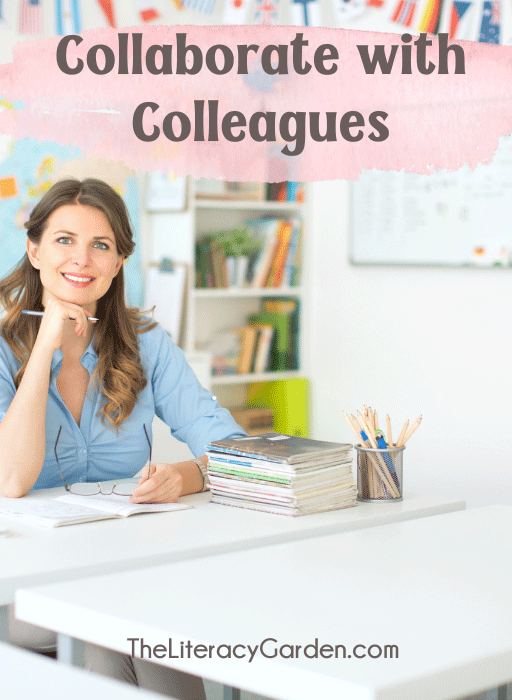
Collaboration with colleagues can be a valuable resource for improving classroom routines. Share ideas and strategies with your fellow teachers and learn from their experiences. Collaborate on creating consistent routines across grade levels or within departments to ensure a smooth transition for students. Seek feedback and support from your colleagues when facing challenges or looking for new approaches. By working together, you can enhance your classroom routines and create a supportive network of educators.
Tips for Adapting Routines for Different Grade Levels
Every grade level presents its own unique challenges and considerations. When establishing classroom routines, it’s important to adapt them to meet the specific needs of your students. Consider the developmental abilities and attention spans of your students when designing routines. Simplify routines for younger students and gradually increase expectations as they progress. Provide clear and concise instructions and model expected behaviors for all grade levels. Be flexible and willing to adjust routines as needed to accommodate individual student needs. By adapting routines for different grade levels, you can ensure that they are effective and beneficial for all students.
Strategies for Maintaining and Adjusting Routines Throughout the School Year
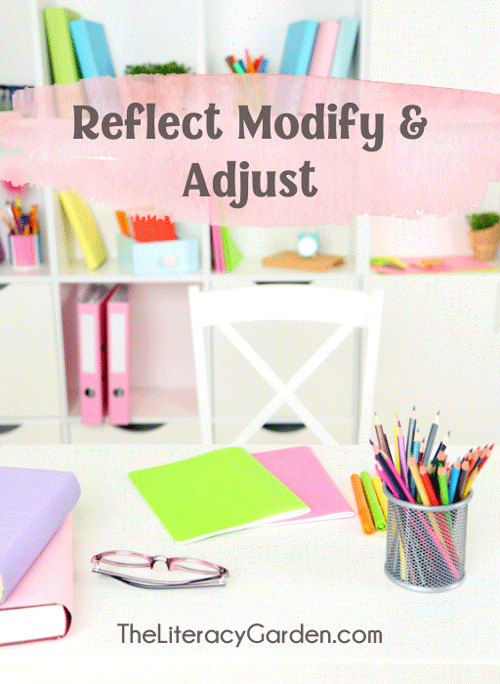
Routines are not set in stone and may need to be adjusted throughout the school year. Monitor the effectiveness of your routines and be open to making changes as needed. After vacation breaks, students often regress. Regularly reflect on your own teaching practices and adjust routines accordingly. Communicate any changes to your students and clearly explain the reasons behind them. By maintaining and adjusting routines throughout the school year, you can ensure that they continue to meet the needs of your students and contribute to a positive learning environment.
Resources and Tools for Supporting Classroom Routines
Numerous resources and tools are available to support the implementation of effective classroom routines. Seek out professional development opportunities, such as workshops or online courses, to enhance your knowledge and skills. Explore books and articles on classroom management and instructional strategies. Utilize technology tools, such as classroom management apps or online organizational platforms, to streamline routine tasks. Connect with other educators through social media or professional networks to share ideas and resources. By utilizing available resources and tools, you can enhance your classroom routines and further support your teaching practice.
Conclusion and Reflection on the Impact of Classroom Routines
In conclusion, establishing effective and sanity-saving classroom routines is essential for elementary teachers. By investing time and effort into establishing and maintaining these routines, teachers can regain control of their classrooms, reduce stress, and provide their students with a structured and supportive learning experience. So, go ahead and implement these tips and tricks in your classroom to transform your teaching experience and reclaim your sanity!
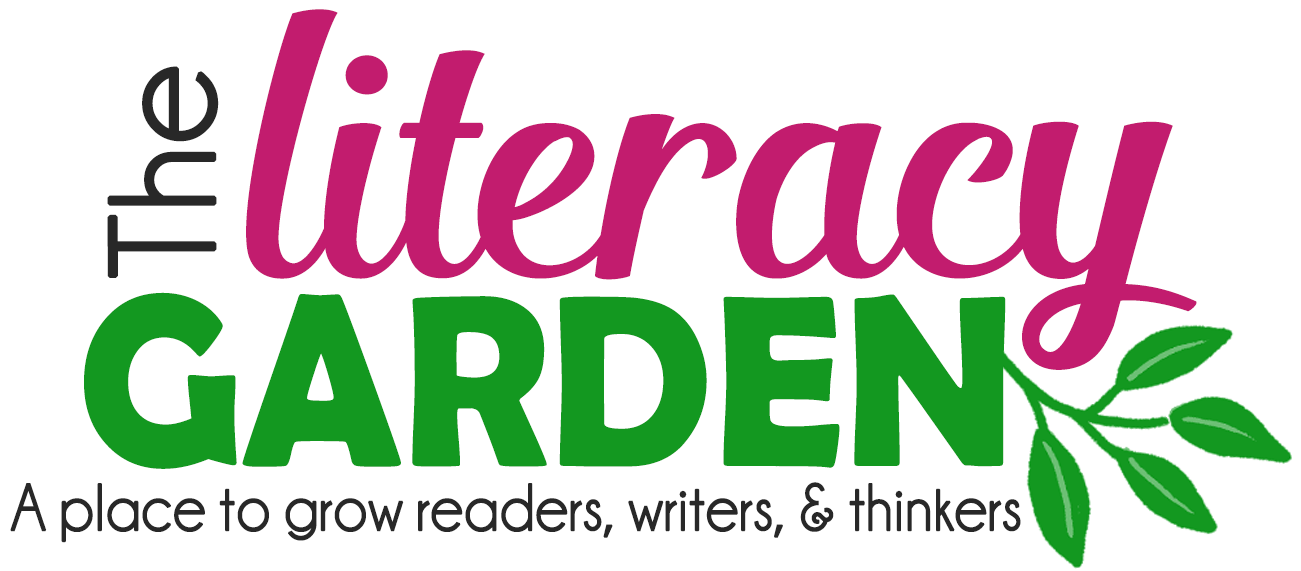
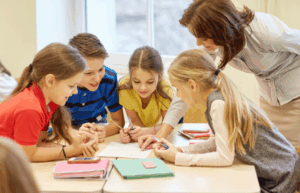

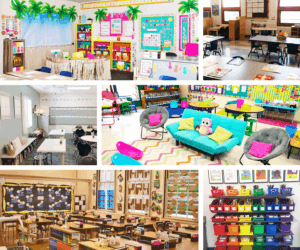

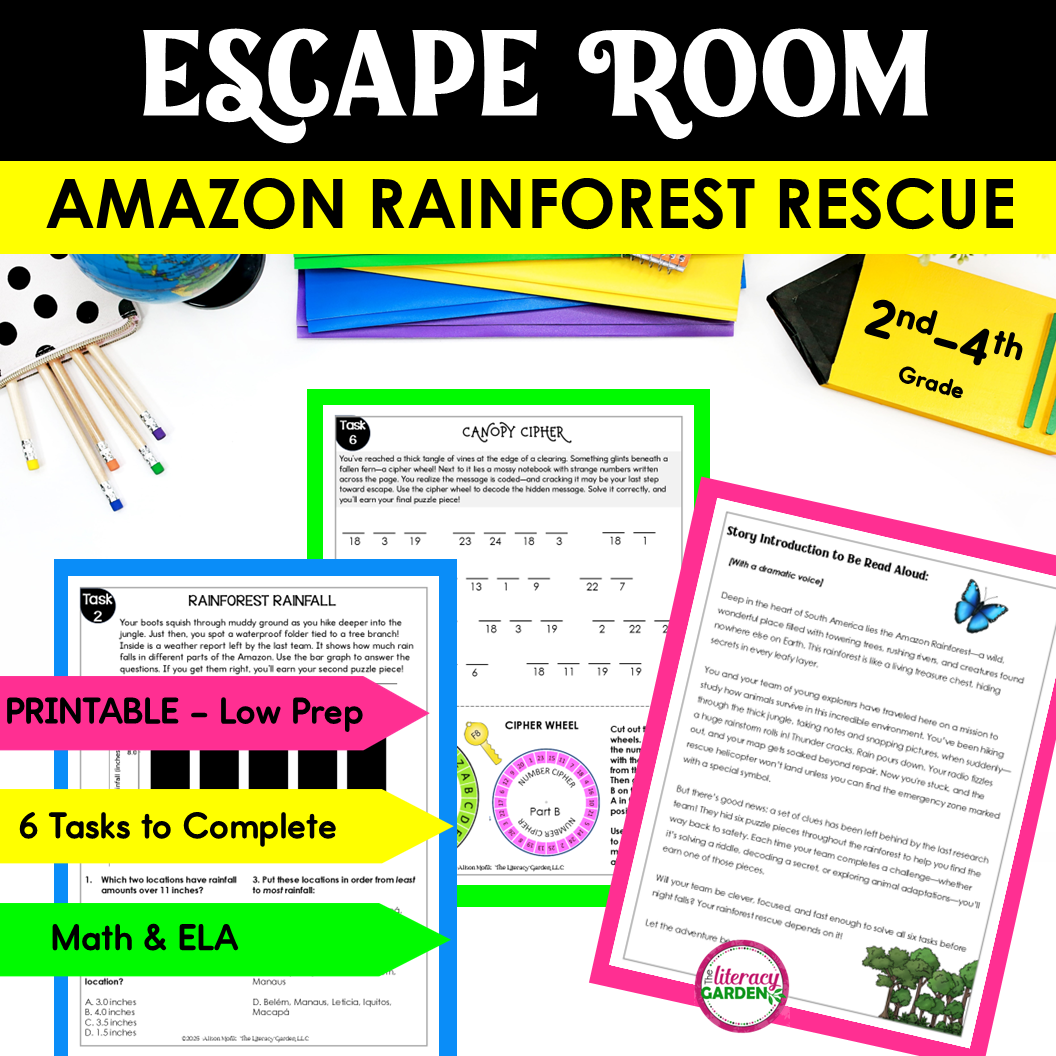
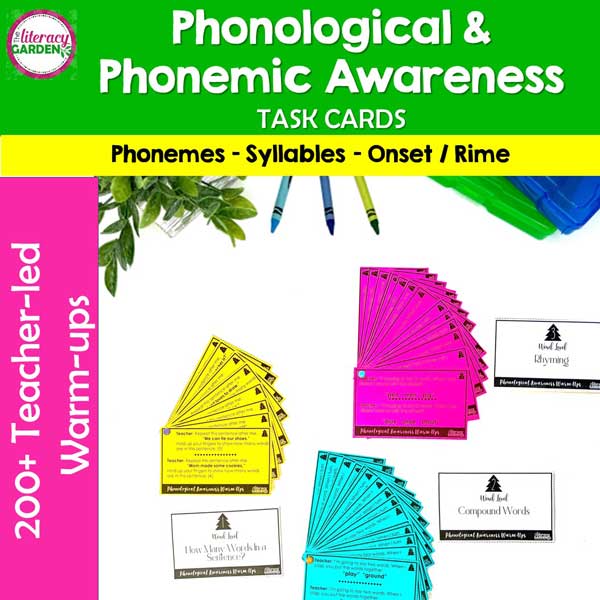


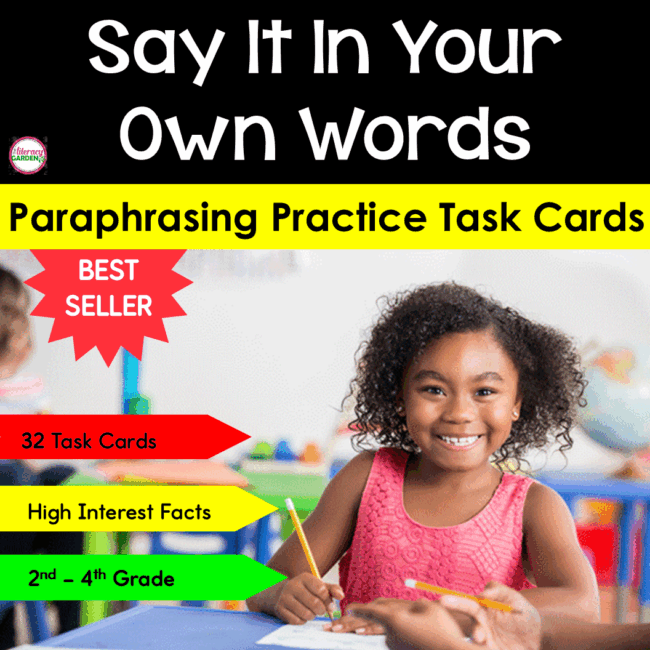




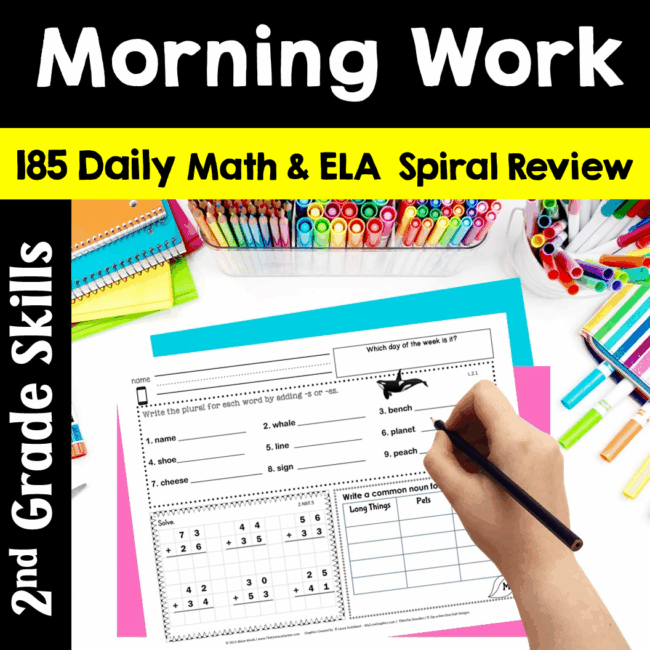
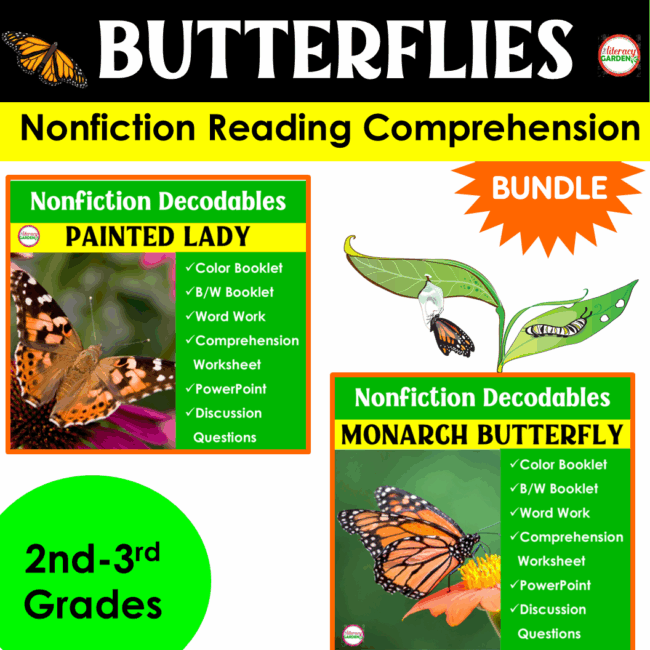

No Comments